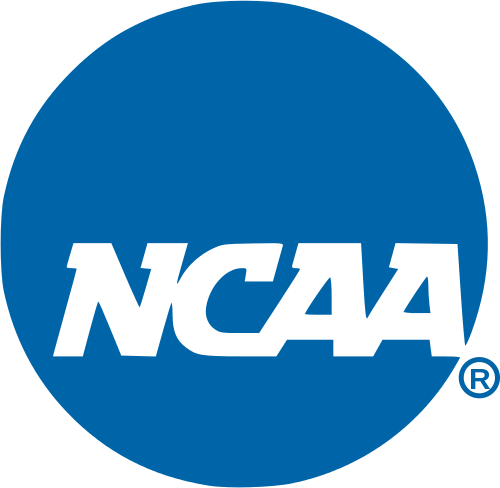
It’s certainly no secret that the NCAA has made millions of dollars just off of television contracts in recent years, and they hope to make more in the coming seasons. Universities are bolting from their geographically alike conferences to move to a different conference in the hopes of finding roads paved with Benjamin Franklins. The better recruits you have, the better conference you can play in and the more eyeballs that are paying attention to your university, the more money your athletic department can make.
According to a study released on Jan. 16, competing under the NCAA’s vast umbrella of unrivaled control and governance of competitive collegiate sports is not a cheap venture. The study, published by the Delta Costs Project at the American Institutes for Research, took a look at the spending of Division I universities in 2010 (the most recent year available) in terms of spending per athlete and spending per student.
Not surprisingly, the study found that the SEC spends the most on their student athletes, with the institutions spending an average of $163,931 per student athlete. The Big 12 is second, spending over $131,000 per student athlete. The Big Ten spends $116,000; the Atlantic Coast Conference: $103,000; the Pac-10 (now the Pac-12) and the Big East: about $102,000 each. The average for all Football Bowl Subdivision schools is right around $92,000 per student athlete. If you want to be the best, like the SEC, you have to pay for it.
This study also revealed where the money is going. The Division I schools spent just over one-third of their money on coaches, contracts and other financial compensation, 20 percent on facilities and just over 11 percent on games expenses and travel. But a further analysis of where the money comes from is a different story. In the top-tier institutions, over 25 percent of the money comes from ticket sales and almost 22 percent comes from television contracts and NCAA contributions, while only two percent comes from student fees. The opposite is true for the lower level Division I schools. Over 62 percent of money in athletic budgets in the smallest section of FBS schools comes from student fees and institutional support, whereas only seven percent comes from TV deals and NCAA contributions.
With renegotiated television contracts in the coming years that are worth about $1 billion, the payout for the top institutions and conferences will continue to grow. In other words, the big dogs will be making more and the small dogs will be making less. Where the money comes from also tells another story: the large amount of money that comes from television deals and NCAA contributions to the top-tier of college football’s powers proves that the NCAA is concerned about the ratings that the big universities bring.
But perhaps the most disturbing number differential is the difference between the athletics spending and academic spending. The FBS schools’ average spending is $13,628 per student. In case you may be wondering, that’s in the ballpark of 6.7 times less than what schools are spending per student athlete. In the SEC, it’s really bad: the best conference in the nation spends 12.2 times as much on their student athletes than their rank and file students. Finally, from 2005 to 2010, the rate of athletic spending has risen by more than double the rate per year than academic spending. All of this in an effort to compete.
Why? Why is athletic spending going up at an alarming rate, even if it may be sinking budgets? I think it all starts with recruiting. Schools are ramping up their competition for the highly prized recruits like never before. The universities will spend and spend and spend to make sure that their prized recruit gets everything he needs to bring in more money into the university. Big-name coaches, stadium expansions and the trendiest uniforms are what the recruits expect out of those schools that may come calling.
Here in America, we believe that “all men are created equal.” There is not the same expectation about collegiate athletics in the eyes of the NCAA. With new contracts, the NCAA is facilitating inequality in college football and forcing the small FBS schools to rely more on their students to keep pace in football’s “arms race.” It is a sad day in American sports when institutions of higher education preach equality and fairness in the name of education during the week and that idea is not carried into a stadium on a Saturday afternoon.







